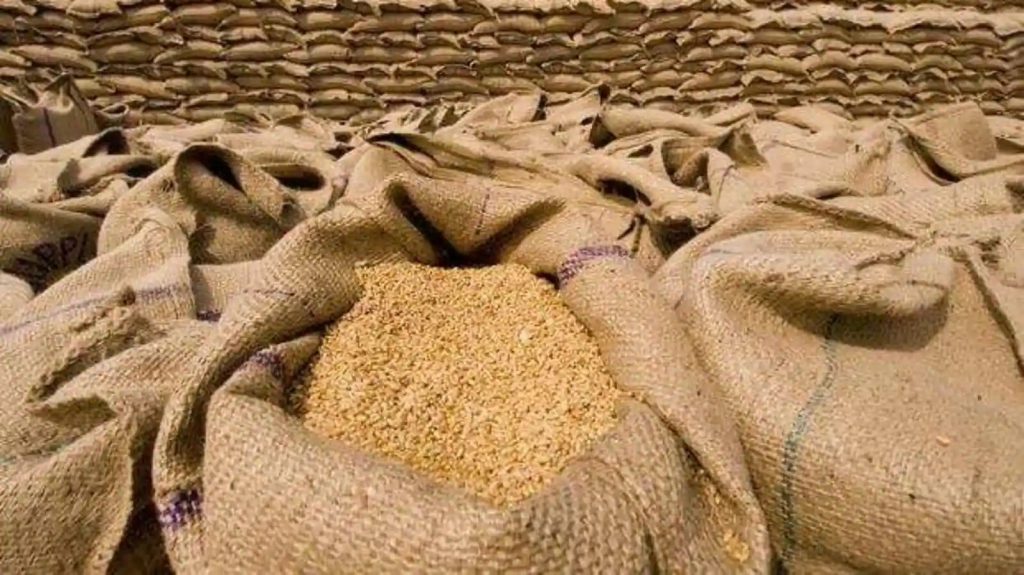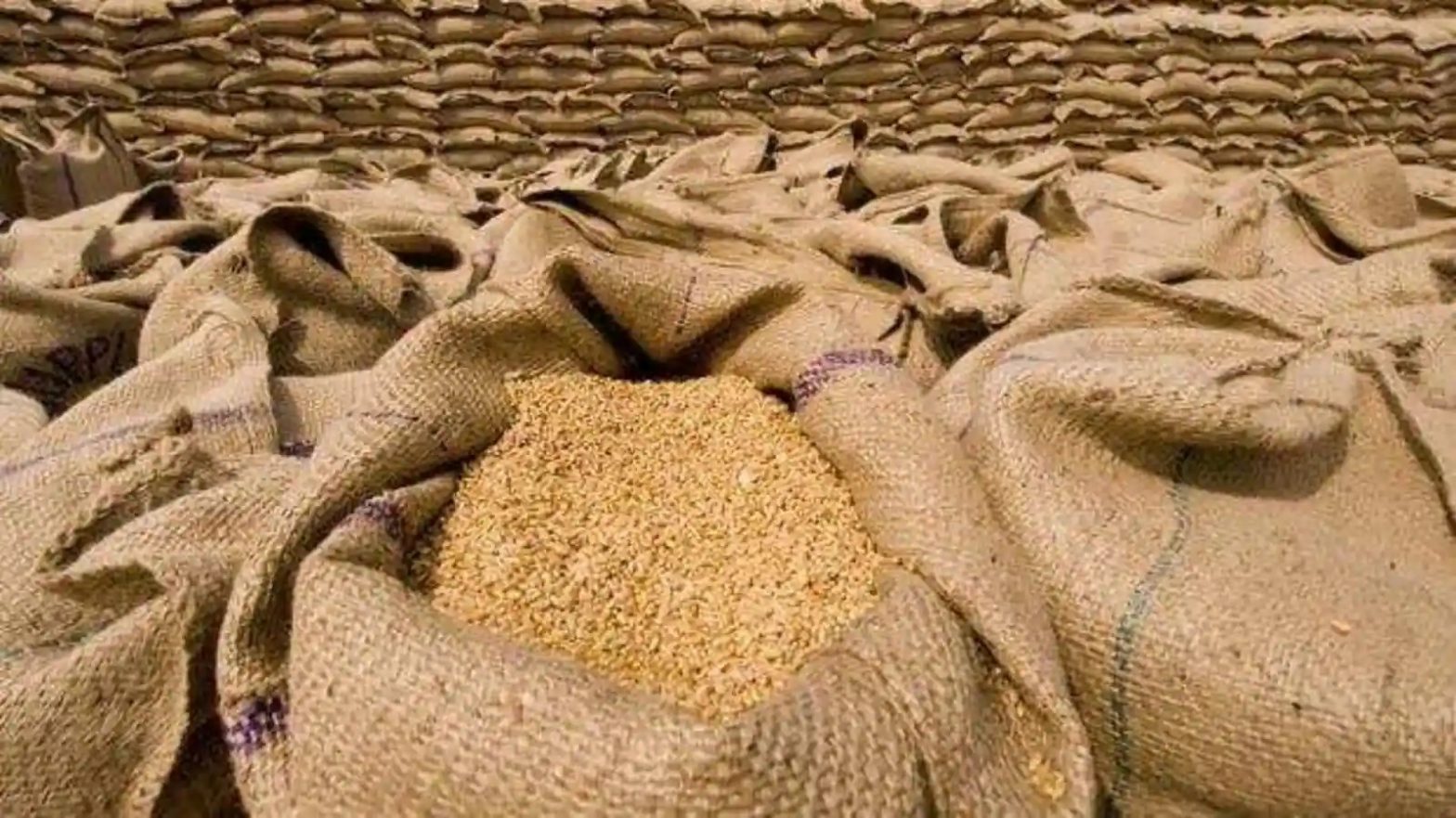- This auction comes amid fear that prevailing high temperatures could continue through March impacting the rabi wheat crop
To arrest spiking food inflation, the union government on Wednesday conducted the third round of wheat auction which saw 5.08 lakh tonnes of wheat hitting the open market from the central pool.
This auction comes amid fear that prevailing high temperatures could continue through March impacting the rabi wheat crop. Last year, the government had to ban wheat exports due to crop damage owing to excessive heat in March.
“The third e-auction to offload wheat under OMSS (D) was held on 22.02.2023. Stocks were offered from 620 depots spread over 23 Regions of FCI across the country. Total quantity of 11.79 LMT was offered and 5.07 LMT of wheat was auctioned,” an official statement said.
Against the all India weighted average reserve price of ₹2138.12/Quintal, stocks were sold for an all India weighted average selling price of ₹2172.08/Quintal, the statement further read.
In the first two rounds, nearly 13 lakh tonnes of wheat have been sold under the Open Market Sale Scheme (OMSS). The next weekly e-auction will be held on March 1.
“If the prevailing high temperatures continue through March, the rabi wheat crop will be impacted and yields would at best be on a par — or marginally lesser — than last year’s low,” Crisil said in a report.
In Uttar Pradesh — accounting for ~30% of India’s wheat production — the eastern part is expected to have relatively good yields on-year because of timely sowing after harvest of kharif paddy.
On the other hand, western UP could see a marginal decline due to late sowing — majorly in the sugarcane belt — if high temperatures persist in March. In Punjab and Haryana (together accounting for ~25% of India’s wheat production), late-sown wheat is in the flowering stage, while the early sown lot is in the milking stage.

“High temperatures are detrimental to grain formation in both these stages. Similarly, in Madhya Pradesh (~20% of India’s wheat production) late-sown wheat is at the milking stage. But Bihar (~5% of India’s wheat production) saw early sowing and the crop there is at the grain formation/maturation stage,” the report added.
While wheat prices have been on a downward trend in the past 20 days, if these high temperatures persist for the next 20 days, there could be a turnaround in prices, the report further stated.
Wheat prices have been on the rise ever since the Ukraine war began in February last year as Russia and Ukraine accounted for nearly one-fourth of the global wheat production. The surge in international prices prompted India to ban wheat exports in May in order to check in rise in domestic prices.
The government later in May prohibited exports of wheat flour (atta), flour, semolina and wholemeal atta.
HDFC Bank said in a note, “The inflation fight is not over yet and the moderation seen at the end of 2022 was neither broad-based nor durable. While we know that government interventions—like offloading of wheat stocks in January—coupled with healthy rabi output could help ease pressures on cereal as well as protein inflation over the coming months, controlling core inflation could be much tougher.”
Read more at-https://bit.ly/3Y3J9gP

